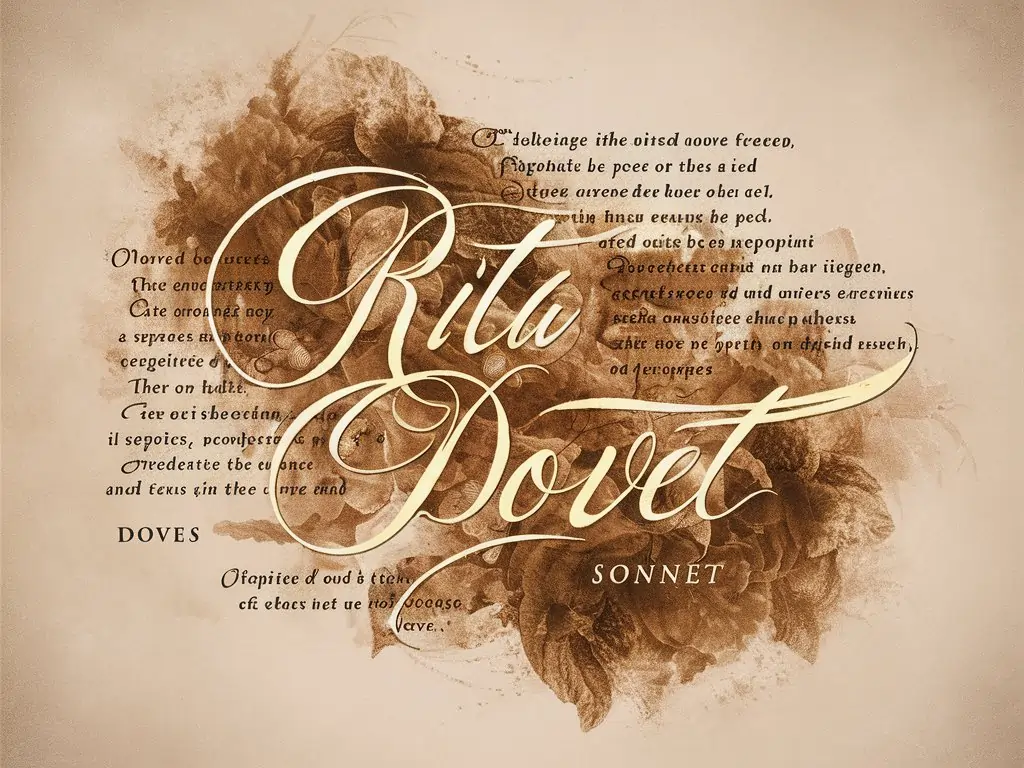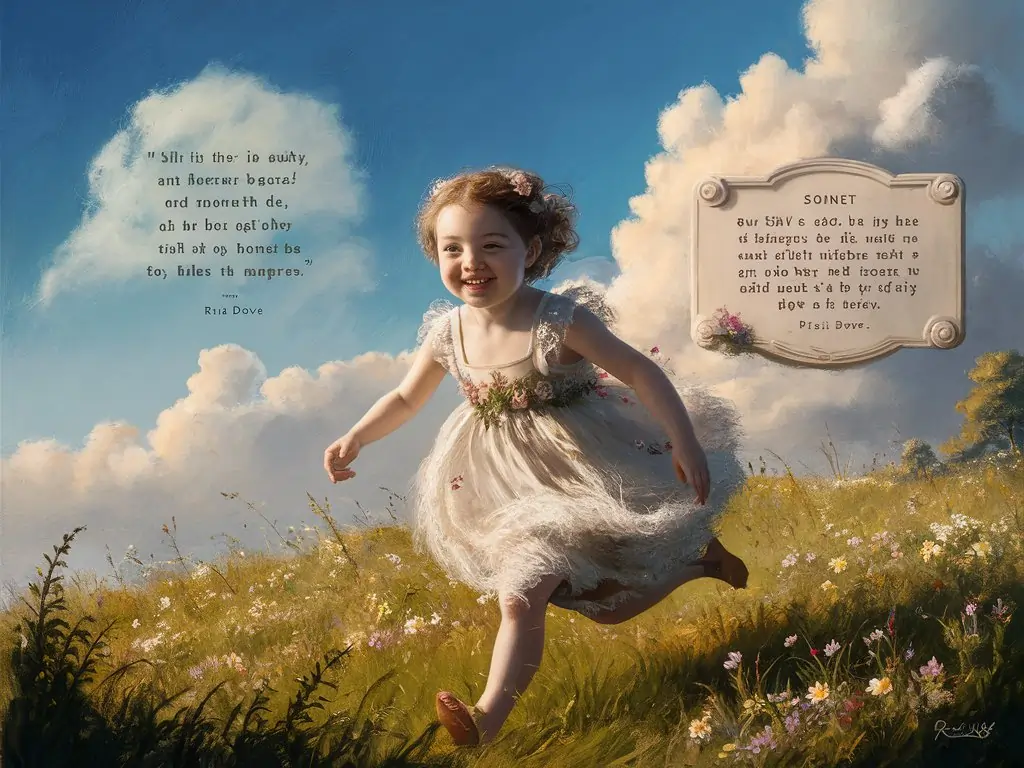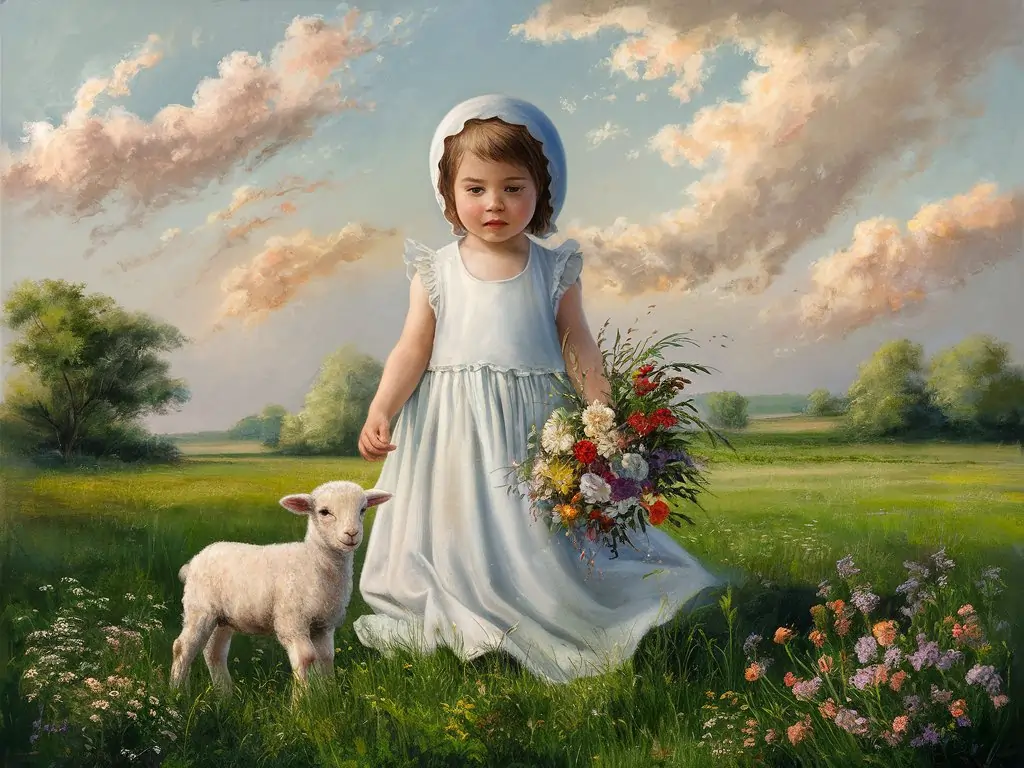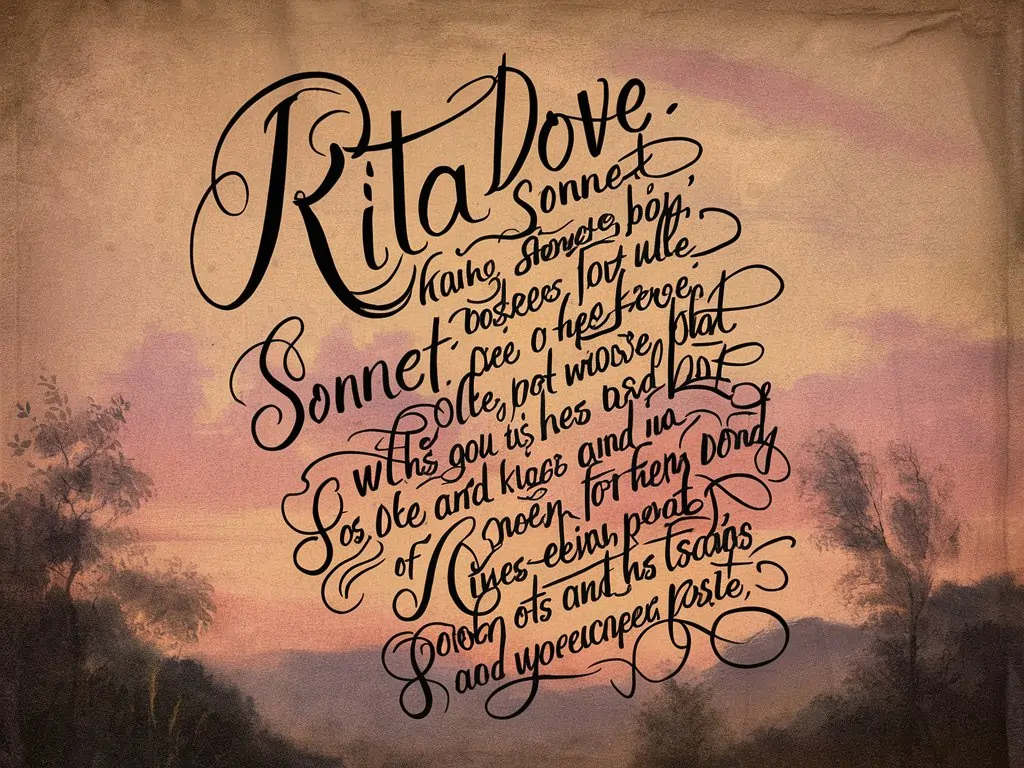Rita Dove’s “Sonnet in Primary Colors” is a rich and evocative piece that exemplifies the power of poetic allusion in literature. Allusions are references to other works, historical events, or cultural symbols that enrich the text’s meaning and connect it to broader contexts. In this analysis, we’ll explore a specific quotation from the poem that includes an allusion and discuss its significance in the broader framework of Dove’s work.
Exploring the Poem: An Overview
“Sonnet in Primary Colors” is part of Rita Dove’s collection, which is known for its intricate use of language and references. The poem delves into themes of art, identity, and the emotional resonance of colors. Dove’s sonnet form allows for a disciplined structure, but within that structure, she weaves a tapestry of images and references that deepen the reader’s engagement with the text.
The Quotation with the Allusion
One of the notable quotations in “Sonnet in Primary Colors” that includes an allusion is:
“The burnt orange sky, / like Matisse’s cutouts, stretches / over the canvas of our lives.”
This line references the French artist Henri Matisse, specifically his famous series of cutouts, which were vibrant, abstract pieces that utilized bold colors and simple forms.
Breaking Down the Allusion
1. Henri Matisse and His Cutouts
Henri Matisse (1869-1954) was a leading figure in modern art, known for his use of vivid color and innovative techniques. In his later years, Matisse created a series of artworks known as “cutouts” or “gouaches découpées,” where he cut colored paper into various shapes and arranged them into dynamic compositions. These works are celebrated for their simplicity, bold colors, and playful forms.
The allusion to Matisse’s cutouts in Dove’s poem serves multiple purposes:
- Visual Imagery: Matisse’s cutouts are characterized by their vibrant, flat colors and striking contrasts. By comparing the “burnt orange sky” to these cutouts, Dove creates a vivid visual image, suggesting that the sky, like Matisse’s art, is both striking and simplified.
- Emotional Resonance: Matisse’s work often evokes a sense of joy and liberation through its color and form. The allusion implies that the sky’s burnt orange hue carries an emotional weight, akin to the feelings inspired by Matisse’s art.
- Artistic Reflection: By invoking Matisse, Dove aligns her poetic vision with the principles of modern art. It reflects on how everyday elements, such as the sky, can be perceived through the lens of artistic interpretation, highlighting the transformative power of art.
2. Connection to the Poem’s Themes
The allusion to Matisse’s cutouts is not just a random reference but is deeply connected to the poem’s themes. The sonnet explores how art and color influence our perception of life and emotions. The vibrant description of the sky as “burnt orange” and its comparison to Matisse’s cutouts underscore the poem’s exploration of color as a transformative and emotive force.
- Color as a Metaphor: In the poem, primary colors are not just visual phenomena but also serve as metaphors for human experiences and emotions. The allusion to Matisse’s art enriches this metaphor, suggesting that the colors in our lives, like those in Matisse’s work, are deeply significant and imbued with meaning.
- Art and Life: The comparison of the sky to Matisse’s cutouts blurs the line between art and life. It implies that everyday scenes can be as profound and impactful as artworks, highlighting the idea that art permeates our lived experiences.
The Role of Allusion in Poetry
Allusions in poetry function as bridges between the text and the reader’s broader cultural knowledge. They invite readers to draw on their understanding of referenced works or figures, adding layers of meaning to the poem. In “Sonnet in Primary Colors,” the allusion to Matisse:
- Enhances Interpretation: It encourages readers to think about how art influences our perception of the world. The reference to Matisse’s distinctive style prompts readers to consider how color and form in everyday life can mirror artistic expression.
- Creates Depth: Allusions create depth by connecting the poem to a larger artistic and cultural context. By referencing Matisse, Dove aligns her work with the modernist movement and its emphasis on color and abstraction.
- Engages the Reader: A well-chosen allusion can engage readers by evoking familiar concepts or works, making the poem more relatable and stimulating a deeper appreciation of its themes.
Considering Other Parts of the Poem
We should look at other parts of the poem to better understand the allusion.
The “circular window” might symbolize eternity or the cycle of life and death.
Also, the title “Primary Colors” suggests basic life elements, including love.

Possible Interpretations
By looking at these elements, we can think about the allusion in different ways:
Love’s Fragility: The skull shows that love does not last forever, reminding us that even strong feelings can fade.
Complexity of Love: The allusion might suggest that love has dark and beautiful sides.
Cultural Significance: The reference to Mexican art adds cultural meaning, suggesting a deeper understanding of love and mortality.
The Allusion’s Impact on the Poem
This allusion makes the poem more than just a description of home life. It makes readers think about love, its temporary nature, and its dark side.
The poem becomes a reflection on deep emotions in human life.

“Sonnet in Primary Colors”
The title “Sonnet in Primary Colors” is important and gives us clues about the poem’s themes. Primary colors—red, blue, and yellow—are the basic colors that create all other colors.
They symbolize the basic parts of life. The title suggests that the poem will talk about important human experiences and emotions, like love, life, and death.
The Domestic Scene: Setting and Symbolism
The poem starts with a clear picture of a home, full of details and symbols. The setting, a house with different objects, shows everyday life.
Each object has its own meaning, adding to the poem’s mood. This scene prepares us for deeper thoughts about life’s essential parts.

Symbolism of the “Circular Window”
The “circular window” in the poem is a strong symbol. Circles often mean eternity, completeness, and the cycle of life and death.
This image supports the idea of life’s ongoing cycle, suggesting that the experiences and emotions in the poem are part of a larger, continuous process.
The Role of Art in the Poem
Art is very important in “Sonnet in Primary Colors.” The poem mentions artistic elements, like the skull and the circular window, which can be seen as paintings in the poem.
This focus on art shows that life can be seen as a work of art, with each moment and feeling adding to a bigger picture.

Wanna read this poem? Read the poem “Sonnet in Primary Colors” by Rita Dove
Love and Mortality
Although the poem describes a home scene, themes of love and death are always there. The poem’s images and symbols suggest that love, while beautiful and deep, is also temporary and linked with death.
This combination makes the poem more meaningful, making readers think about the shortness of life and love.

Cultural References and Their Significance
The poem is full of cultural references, especially to Mexican art and traditions. These references add extra meaning, connecting the poem to bigger cultural themes.
For example, the skull image reminds us of the Day of the Dead, a celebration of life and death in Mexican culture. This link deepens the poem’s look at love and death.
Conclusion
Rita Dove’s “Sonnet in Primary Colors” skillfully employs allusion to enrich the poem’s visual and emotional landscape. The reference to Henri Matisse’s cutouts not only provides a vivid image of the burnt orange sky but also deepens the reader’s understanding of the poem’s themes. Through this allusion, Dove connects the world of art with the everyday experiences of life, demonstrating how artistic perspectives can transform our perception of the ordinary.
